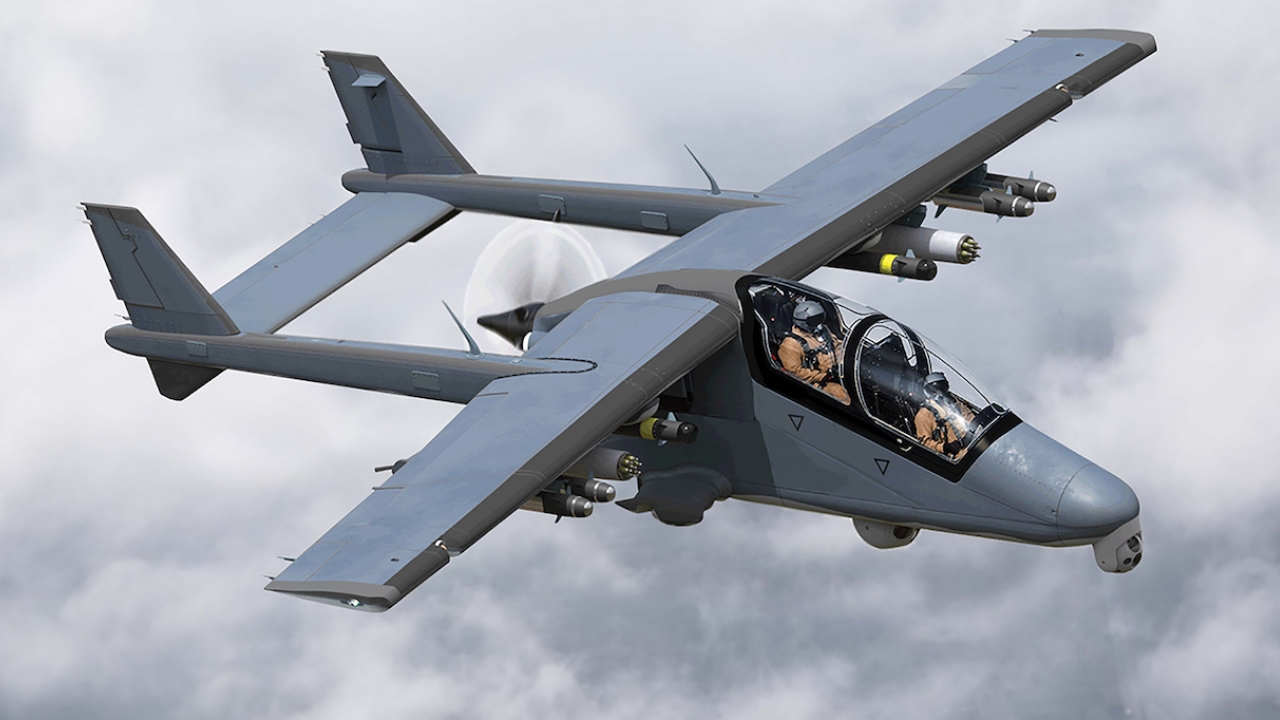Farmageddon
Mali is rapidly becoming a major terrorist focus point. Alan Warnes looks at what’s being done to combat the problem.

In recent years, Mali has become a hotbed for jihadi fundamentalists. It led to the French military pushing into the troubled African state on January 11, 2013, under Operation Serval, which was succeeded by Operation Barkhane on August 1, 2014.
A truce was brokered in June 2015 between the Mali Government and the Tuareg-led rebels, which had been infiltrated by Islamic State, al Qaeda and other extremists.
However, the conflict has continued, with many of the jihadi groups still carrying out attacks against domestic and foreign forces in the country.
The creation of a multinational anti-jihadi G5-Sahel force to combat the Islamic State in the Greater Sahara (ISGS) and Ansar al-Islam is, according to a recent United Nations report, causing more unrest to the 4 million population.
In recent months, the Jihadis, which a year ago offered isolated pockets of resistance in the north, have increased their presence in central Mali, leading to an increase in the violence.
The United Nations multidimensional integrated stabilization mission in Mali (MINUSMA), established in 2013, has 11,000 troops deployed there, and is regarded as the most dangerous UN operation in the world.
The UN has aviation support, with Germany providing a small number of NH90s transport aircraft and Tigres, which spend most of their time at Gao in the north-east, with a regular shuttle to Bamako International Airport.
One of the Tigres crashed on patrol, claiming the lives of the two German Army crew members in July 2017.
The Canadian Government announced on March 19 that the Canadian forces will deploy two Chinook CH-47D transport helicopters for logistical support and medevac duties and four armed Griffon helicopters, as well as troops.
El Salvador will also provide ground troops with aerial cover in the shape of six US-built MD500 attack helicopters. Three have been operating out of Timbuktu, where much of the violence in the north has been occurring, since 2015. Another trio will deploy in July to work alongside Canada, which will replace the Germans at Gao.
On the domestic front, the US has been supporting the training of Force Aerienne de la Republique du Mali (Mali Air Force, FARM).
At least one pilot, Captain Issa Tangara, attended six months of English language training at Lackland Air Force Base, Texas in March 2016, which should have led to an 18-month scholarship with the aviation leadership program and Flight School at Maxwell Air Force Base. It’s likely he will fly the Embraer A-29 Super Tucanos, which will be delivered soon.
Most of the FARM’s recent inventory, which comprised six ex-Bulgarian Air Force Mi-24D Hinds, 14 Teta 912CSL training aircraft, four An-26 and three BT-67 Turbo-Dakotas, has been withdrawn from use or destroyed in recent years. Two of the Mi-24Ds were reputedly being put back into service in early 2015 but it is unclear if they are flying now.
In February 2016, the FARM purchased a solitary Airbus CASA C295W transport aircraft to assist with transporting Mali troops around the country. Being less dependent on risk-prone convoys is a priority, particularly travelling through the deserts of northern Mali.
The aircraft, serial number TZ-11T (c/n 159), was delivered on December 20, 2016 and is also believed to carry out medical and casualty evacuation, often flying to remote and inaccessible areas supporting Mali and UN troops.
In late-2016, Portsmouth-based Vector Aerospace converted an oil and gas-configured AS332L1 (c/n 2046) into a military utility role, at the company’s Fleetlands site. This was delivered via ship in January 2017. It has joined another example delivered in October 2016 by an unknown supplier.
In September 2017, the FARM acquired two Harbin Y-12E light transport aircraft from China’s Aviation Industry in China (AVIC). These fly the shorter distances in place of the C295.
Later in 2017, the FARM took delivery of two new Mi-35M Hind gunships, which will support Mali troops on the ground during operations.
During a ceremony to mark the arrival of the Y-12Es and Mi-35Ms, the Mali President, Ibrahim Boubacar Keita, announced “another CASA” would also follow, in addition to another pair of Mi-35Ms and four Embraer A-29 Super Tucanos.
The latter have been seen flying in Brazil since late-2016 and it is likely they are now being used to train pilots there before being delivered. These new light attack aircraft will boost Mali’s fire power considerably and, at the same time, modernise the way they work with new technologies.
The Mali Government certainly understands the need to re-equip with modern hardware, even if it is unclear who is funding the steep procurement curve.
Stay up to date
Subscribe to the free Times Aerospace newsletter and receive the latest content every week. We'll never share your email address.

